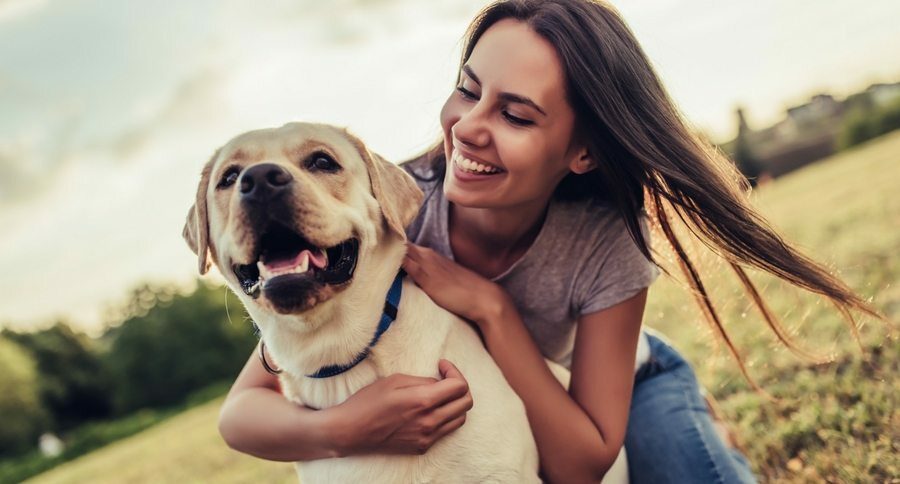
How to Combine Collars with Harnesses for Optimal Pet Comfort
Share
As a health-conscious pet owner, you are always striving to provide the best care for your furry companions. One of the most debated topics among pet enthusiasts is how to combine collars with harnesses to ensure maximum comfort and safety for pets. Whether you're a seasoned dog owner or a novice, understanding how to effectively use these tools together can make a significant difference in your pet's well-being.
When it comes to pet accessories, collars and harnesses are two of the most commonly used items. Each has its unique benefits, but combining them can offer a comprehensive solution for both training and everyday walks. By exploring the right techniques and materials, you can ensure that your pet enjoys the perfect balance between safety and comfort.

Why Use Both a Collar and Harness?
Collars and harnesses serve different purposes, and using them together can enhance their effectiveness. A collar is typically used for holding ID tags, while a harness is better suited for distributing force evenly across your pet's body, minimizing the risk of injury. Combining these tools allows you to take advantage of each of their strengths.
Benefits of Collars
Collars are essential for quick identification and are often used to attach leashes for short walks. They are convenient for attaching ID tags, as mentioned in our article on removable ID tags. However, they can put strain on a dog's neck if used incorrectly during longer walks or training sessions.
Benefits of Harnesses
Harnesses provide better control over your pet without putting pressure on the neck. They are particularly useful for dogs that pull on the leash or have respiratory issues. For those new to pet training, our guide on dog training tips for beginners can offer valuable insights.
Choosing the Right Combination
Selecting the proper combination of collar and harness is crucial. Consider factors such as size, material, and the specific needs of your pet. You can learn more about the different materials used in collars through our article on biodegradable collar materials.
Size and Fit
The fit of both the collar and harness should be snug yet comfortable. Ensure that you can slide two fingers between the collar and your pet's neck. The harness should not chafe or restrict movement. Regularly check for signs of wear and adjust as needed to maintain a proper fit.
Material Matters
Choose materials that are durable and suited to your pet's lifestyle. For example, leather collars are stylish and long-lasting, while nylon is lightweight and easy to clean. For an in-depth look at the history and evolution of dog collars, visit this Wikipedia article.
Training and Usage Tips
Training your pet to use both a collar and harness effectively requires patience and consistency. Start by introducing each item separately, allowing your pet time to adjust before using them together. Consistent training can prevent behavior issues, as discussed in our article on dog training tips for barking.
Introducing the Collar and Harness
Begin with short sessions where your pet wears the collar and harness indoors. Gradually increase the duration and reward your pet with treats and praise. This positive reinforcement will help your pet associate the accessories with pleasant experiences.
Walking Techniques
When walking your pet, use the harness for control and the collar for identification. Avoid pulling or yanking on the leash, as this can cause discomfort or harm. Instead, use gentle corrections and maintain a steady pace to encourage good behavior.
Common Mistakes to Avoid
Many pet owners make mistakes when combining collars and harnesses, leading to discomfort or injury. Avoid using a collar alone for dogs that pull or have respiratory issues. Similarly, do not use a harness that is too tight or loose, as this can cause chafing or escape.
Overlooking Maintenance
Regular maintenance of your pet's collar and harness is essential. Check for signs of wear and tear, and replace them as needed. Clean them regularly to prevent odors and bacteria buildup, ensuring your pet's comfort and health.
Ignoring Behavioral Signs
Pay attention to your pet's behavior when using a collar and harness. Signs of discomfort, such as excessive scratching or resistance, may indicate that adjustments are needed. Our article on dog aggression provides insights into understanding and managing behavioral issues.
Conclusion
Combining collars and harnesses effectively is crucial for the health and comfort of your pet. By following the tips and insights shared in this article, you can create a safe and enjoyable experience for both you and your furry friend. Remember to choose the right materials, ensure a proper fit, and engage in consistent training.

FAQ
Can I use a collar and harness at the same time?
Yes, using both a collar and harness can offer benefits such as improved control and safety. Ensure they fit properly and are used according to your pet's needs.
How do I know if my pet is comfortable?
Watch for signs of discomfort, such as excessive scratching, rubbing, or resistance. The collar and harness should fit snugly without causing chafing or restricting movement.
What should I do if my pet pulls on the leash?
Use a harness to distribute pressure evenly and practice consistent training techniques. Positive reinforcement and patience are key to correcting this behavior.
This article contains affiliate links. We may earn a commission at no extra cost to you.
